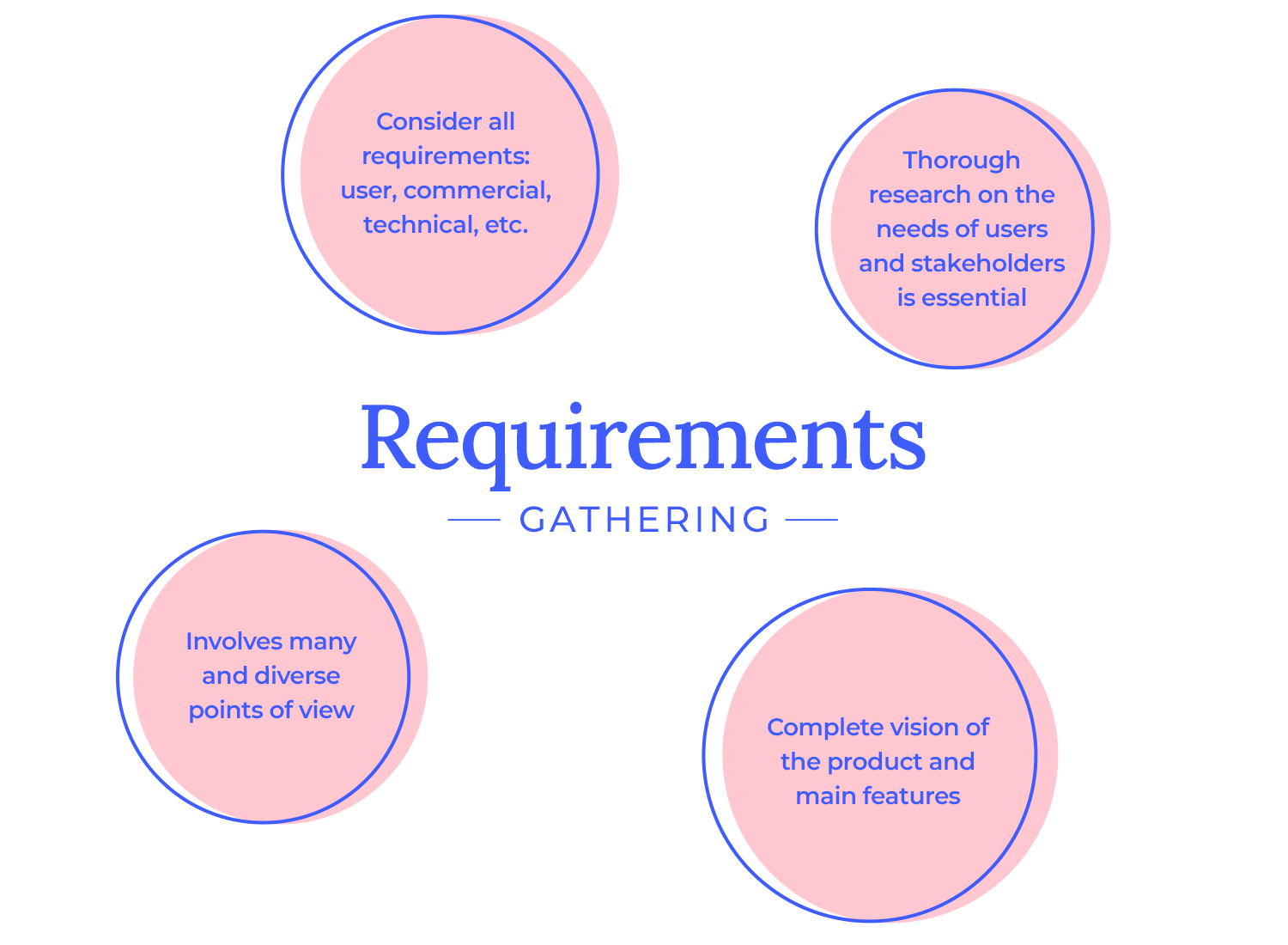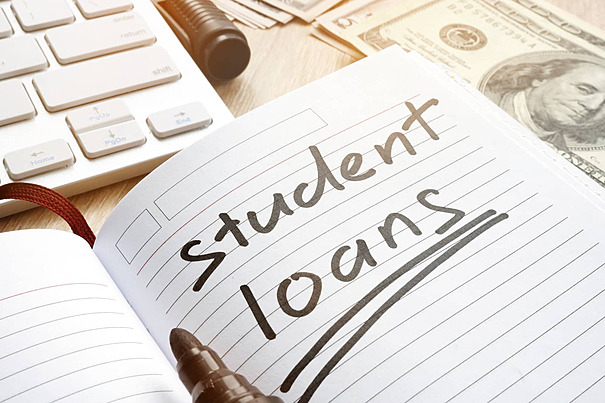When pursuing higher education, financing can often become a significant hurdle for many students and their families. To alleviate this burden, the government provides student loan programs designed to make education more accessible and affordable. Understanding how the government student loan process works is essential for aspiring students who want to take advantage of these financial aids.
Government student loans are specially designed financial products that help students cover tuition fees, living expenses, and other education-related costs. These loans often come with favorable terms such as low-interest rates, flexible repayment options, and, in some cases, interest subsidies. The process to apply, approve, and receive a government student loan involves several steps that ensure only eligible candidates benefit from this assistance while protecting the interests of the lending institutions.
In this article, we will guide you through the entire government student loan process—from eligibility requirements to application, approval, and disbursement—so you can confidently navigate the system and secure the funding needed to achieve your educational goals.
Key Takeaways
- Government Student Loans Make Education Accessible
They provide financial support to students from all backgrounds, helping cover tuition, living expenses, and more. - Lower Interest Rates and Favorable Terms
Compared to private lenders, government loans typically offer subsidized interest rates, longer repayment periods, and moratoriums. - Eligibility Depends on Course and Income Criteria
Most schemes require admission to a recognized institution and may have income-based eligibility (especially for subsidy programs). - Application is Mostly Online and Paperless
Portals like Vidya Lakshmi streamline the loan application process, allowing you to compare and apply with multiple lenders. - Multiple Schemes Are Available
Students can benefit from programs such as the PM-Vidya Lakshmi Scheme, CSIS (Interest Subsidy), and CGFSEL (Collateral-Free Loans). - Collateral May Not Be Required
Loans up to ₹7.5–10 lakhs may not require collateral, making it easier for students from low-income families to apply. - Repayment Begins After Course Completion
With a moratorium period (usually course duration + 1 year), students don’t need to start repayment immediately after borrowing. - Prepayment and Tax Benefits Are Available
Education loans can be prepaid with no penalties in many cases, and interest payments are tax-deductible under Section 80E of the Income Tax Act. - Thorough Documentation Is Essential
Submitting correct and complete documents is key to quick approval and disbursement. - Default Can Impact Your Future Credit
Failing to repay on time can hurt your credit score and future loan eligibility, so plan your EMI payments wisely.
How to Apply for a Government Student Loan
Government student loans provide much-needed financial support for students pursuing higher education, particularly those from low- and middle-income families. These loans are designed to be accessible, affordable, and easy to manage. Below is a comprehensive guide explaining how to apply for one.
Determine Eligibility
Understanding and confirming your eligibility is the first and most crucial step before applying for a government-backed student loan. While eligibility criteria can vary slightly between banks and schemes, the following are generally applicable:
Admission Status
You must have secured confirmed admission to a recognized institution, either in India or abroad. Most schemes only support professional and technical courses approved by statutory bodies such as:
- University Grants Commission (UGC)
- All India Council for Technical Education (AICTE)
- Indian Medical Council (IMC)
- Bar Council of India (BCI)
Type of Course
Eligible courses usually include:
- Graduate or postgraduate degree programs
- Professional courses (engineering, medical, law, management, etc.)
- Technical diplomas
- Certain vocational training or skill development courses approved by NSDC or similar bodies
Income Limit
Some subsidy schemes have income-based eligibility. For example:
- Under the Central Sector Interest Subsidy Scheme (CSIS), the family’s gross annual income should not exceed ₹4.5 lakh.
- The income certificate must typically be issued by a competent authority such as a Tahsildar or revenue officer.
Age Requirement
Applicants typically must be between 16 and 35 years of age at the time of application. This range may vary slightly depending on the lender or course type.
Academic Background
Your academic performance in previous qualifications (such as 12th grade or undergraduate degree) is also considered. Students with consistent academic records are viewed more favorably.
Choose the Appropriate Government Loan Scheme
Several government-supported loan schemes are available to Indian students. Selecting the right one depends on your course type, financial background, and whether you’re planning to study in India or abroad.
PM Vidya Lakshmi Scheme
- A centralized portal managed by the NSDL e-Gov under the Ministry of Finance, Government of India.
- Allows students to apply to multiple banks with a single application form (Common Education Loan Application Form – CELAF).
- Ideal for students seeking collateral-free loans for higher studies.
- Provides access to over 30 registered banks and various education loan schemes.
Central Sector Interest Subsidy Scheme (CSIS)
- Offers full interest subsidy during the moratorium period (course duration + 1 year).
- Available only for students from economically weaker sections.
- The loan must be taken under the IBA Model Education Loan Scheme from a scheduled bank.
- Covers technical and professional courses in India (does not apply to overseas education).
Credit Guarantee Fund Scheme for Education Loan (CGFSEL)
- Helps students obtain loans up to ₹7.5 lakh without collateral or third-party guarantee.
- Administered by the National Credit Guarantee Trustee Company Ltd (NCGTC).
- Encourages banks to lend to students who lack sufficient security or co-borrower strength.
- Works alongside the CSIS in some cases.
Choose the Appropriate Government Loan Scheme

Choosing the right loan scheme ensures better financial terms and repayment flexibility. Government-backed schemes provide favorable interest rates and other benefits.
PM Vidya Lakshmi Scheme
This is a central online portal for applying to multiple banks with a single form. It offers collateral-free loans up to ₹10 lakh, particularly for students admitted to premier institutions.
Central Sector Interest Subsidy Scheme (CSIS)
This scheme provides interest subsidies during the moratorium period (course duration plus one year) for students from economically weaker sections.
Credit Guarantee Fund Scheme for Education Loan (CGFSEL)
This initiative provides credit guarantees for students who cannot offer collateral. It applies to loans up to ₹7.5 lakh and helps applicants obtain approvals without third-party guarantees.
Gather Required Documents

Having all the required documents organized and ready before applying is crucial to ensure a smooth and timely loan approval process. These documents help the lender verify your identity, academic status, financial background, and loan eligibility.
Admission Letter
The admission letter is an official document issued by the educational institution confirming your acceptance or enrollment in a specific course or program. This document verifies that you are a bona fide student and is essential to confirm your eligibility for the loan.
- Should mention the course name, duration, and admission date.
- Required for both domestic and international education loan applications.
- Helps the lender verify the course fee structure and institution credentials.
Identity Proof
Identity proof is mandatory for confirming the applicant’s identity. The acceptable documents typically include:
- Aadhaar Card
- PAN Card
- Passport
- Voter ID Card
- Driving License (in some cases)
These documents must be valid and self-attested (signed by the applicant).
Address Proof
Address proof verifies your current residential address. Lenders require this to maintain proper records and for communication purposes. Common acceptable documents include:
- Utility Bills (electricity, water, gas bills)
- Passport
- Aadhaar Card
- Rent Agreement
- Bank Statement with address
Ensure that the address on the document matches the application form details.
Academic Records
Academic records establish your educational background and support your eligibility for the loan. These documents also help lenders assess your academic performance and the credibility of the institution attended.
- Previous mark sheets or transcripts (10th, 12th, graduation, or postgraduate levels)
- Certificates of prior qualifications
- Entrance examination scorecards (if applicable)
- Any other relevant academic certificates
Income Proof

Income proof is crucial for the lender to assess the repayment capacity of the applicant and the co-applicant. This documentation provides a financial snapshot of the applicant’s family or guarantor.
- Salary slips of the last 3 to 6 months for salaried parents or guardians
- Income certificate issued by a competent authority (for self-employed applicants or parents)
- Income Tax Returns (ITR) for the last 2 to 3 years
- Bank statements reflecting regular income deposits
For self-employed individuals, additional documents such as business financials or tax audit reports may be requested.
Bank Statements
Lenders typically require bank statements for the applicant and co-applicant (parent/guardian) to verify the flow of funds, savings pattern, and financial stability.
- Last six months of bank statements
- Statements should ideally show salary credits or regular income
- Statements should be from recognized banks and duly signed by bank authorities or verified online
Collateral Documents (if applicable)
Collateral security documents are required only if the loan amount exceeds a specified limit (usually ₹7.5 lakh and above). These documents prove ownership of the assets offered as security against the loan.
- Property ownership documents such as title deed, sale deed, or land registration papers
- Valuation report of the property (if required)
- No Objection Certificates (NOCs) from relevant authorities
- Encumbrance certificate to show the property is free from legal dues
Collateral ensures the lender has a fallback option in case of default on loan repayment.
Co-applicant Details and Documents
Most government education loans require a co-applicant or guarantor, usually a parent or guardian, to strengthen the loan application. The co-applicant must provide:
- Identity proof (as listed above)
- Address proof (as listed above)
- Income proof (salary slips, ITR, bank statements)
- Employment details and other financial information
The co-applicant’s documents help the lender evaluate the loan repayment capacity and risk profile.
Submit the Application
Applications can be submitted either online or directly to the bank.
- Vidya Lakshmi Portal: This is a central portal supported by the Government of India. You can register, fill out a single form (CELAF), and apply to up to three banks.
- Bank websites: Many banks allow online applications through their dedicated education loan sections. Choose the bank of your preference, fill out the form, and upload scanned documents.
Double-check all your details to ensure accuracy. Incomplete or incorrect applications are among the most common causes of delays or rejections.
Loan Processing and Approval
Once your application is submitted, the lender will verify your documents and conduct a financial background check on you and your co-applicant.
This phase includes:
- Verification of documents to ensure they are genuine and complete
- Credit assessment of the co-applicant to gauge repayment capacity
- Loan sanction with a formal letter detailing the amount approved, interest rate, moratorium, and repayment terms
Some banks may require an in-person meeting during this stage. Processing time can range from a few days to a few weeks.
Disbursement of the Loan

Once your education loan is sanctioned and the agreement is signed, the final step is the disbursement of funds. This is the actual release of money from the lender to either your educational institution or to your account, depending on the terms of the loan and the bank’s policy.
The disbursement process is typically carried out in installments or tranches, based on your academic schedule and compliance with bank requirements.
Disbursement for Domestic Education
For students studying within India, banks usually disburse funds directly to the educational institution. Here’s how it works:
- Tuition Fees: Paid directly to the college or university, in line with the academic fee schedule.
- Hostel and Boarding: If provided by the institution, these costs are covered directly by the bank.
- Books and Equipment: May be reimbursed after the submission of valid bills or invoices.
- Living Expenses: Can be transferred to the student’s bank account, if specified in the loan agreement.
Important Notes:
- Disbursement is typically initiated upon receipt of a formal fee demand letter from the institution.
- A disbursement request form may be required for each payment cycle.
- Academic progress may need to be documented before the next installment is released.
Disbursement for Overseas Education
For students pursuing education abroad, the disbursement process is more detailed due to additional costs and foreign currency requirements.
What Is Covered:
- Tuition Fees: Paid directly to the foreign institution via international wire transfer (SWIFT).
- Travel Expenses: May include airfare, reimbursed upon submission of tickets or invoices.
- Living Expenses: A portion of the loan may be transferred to the student’s overseas or Indian bank account.
- Insurance: Some banks pay directly for health or travel insurance as required by the destination country.
- Forex Options: Select lenders offer prepaid forex cards to access funds abroad securely.
Conditions for Disbursement:
- Confirmation of admission and visa approval.
- Submission of the university’s fee schedule or invoices.
- Periodic proof of enrolment or academic progress.
Tranche-Based Disbursements
Banks do not typically disburse the full loan amount at once. Instead, funds are released in tranches, commonly linked to academic milestones such as:
- Beginning of each semester or academic year.
- Submission of semester fee receipts.
- Satisfactory academic performance reports.
Each tranche requires fresh documentation, including:
- Updated marksheets or transcripts.
- Progress reports from the institution.
- Receipt of payment from the previous disbursement.
Required Documents for Disbursement
Below is a typical list of documents required before each disbursement:
| Document | Purpose |
|---|---|
| University fee demand letter | Confirms tuition and institutional costs |
| Academic progress report or marksheet | Demonstrates eligibility for continued funding |
| Hostel/accommodation receipts | Validates non-tuition disbursement requests |
| Disbursement request form | Formal request to release loan amount |
| Visa copy (for international studies) | Confirms legal eligibility for study abroad |
| Flight ticket/invoice (if applicable) | Required for claiming travel expenses |
Repayment of Government Student Loans
Repayment terms vary based on the scheme and loan amount. Typically:
- Moratorium Period: The repayment starts after the course completion plus a grace period.
- EMI Payments: Equated Monthly Installments are calculated based on the loan amount and interest rate.
- Prepayment Options: Some schemes allow for prepayment without penalties.
Also Read : Which VA Loan Lenders Offer the Most Competitive Rates?
Conclusion
Government student loans play a pivotal role in making higher education accessible to a broader section of society. By understanding the application process, eligibility criteria, and repayment terms, students can make informed decisions and manage their educational finances effectively.
FAQs
1. Can I apply for a government student loan without a co-applicant?
In most cases, no. A co-applicant—typically a parent or legal guardian—is required to support the application, especially for students without a stable income. This enhances the security of the loan and improves approval chances.
2. Is there an age limit for applying for a student loan?
Yes. Generally, applicants should be between 16 and 35 years of age at the time of application. Some banks may extend this limit slightly for postgraduate or doctoral courses.
3. Can I get a loan for studying abroad?
Yes. Most public sector banks and government schemes provide loans for overseas education, covering tuition fees, living expenses, travel, and insurance. However, terms may differ from domestic education loans.
4. What happens if I default on my student loan?
Defaulting on your loan can have serious consequences:
- Negative impact on your credit score
- Legal recovery actions by the lender
- Loss of any collateral or guarantees if involved
Timely repayments or requesting a restructuring plan from the bank is crucial to avoid default.
5. Are there any tax benefits available on student loans?
Yes. Under Section 80E of the Income Tax Act, the entire interest paid on an education loan can be claimed as a tax deduction for up to 8 years, starting from the year repayment begins.
6. Can I apply for more than one education loan
Yes, but the combined loan amount from all sources should not exceed the total cost of education, including tuition, boarding, travel, and other expenses. Multiple loans are sometimes used to cover gaps not financed by a single lender.
7. How can I track the status of my loan application?
You can track your application through:
- The Vidya Lakshmi Portal, if you applied online through the government platform.
- The lender’s official website or customer service helpline.
- Visiting the bank branch where you applied, if offline.
